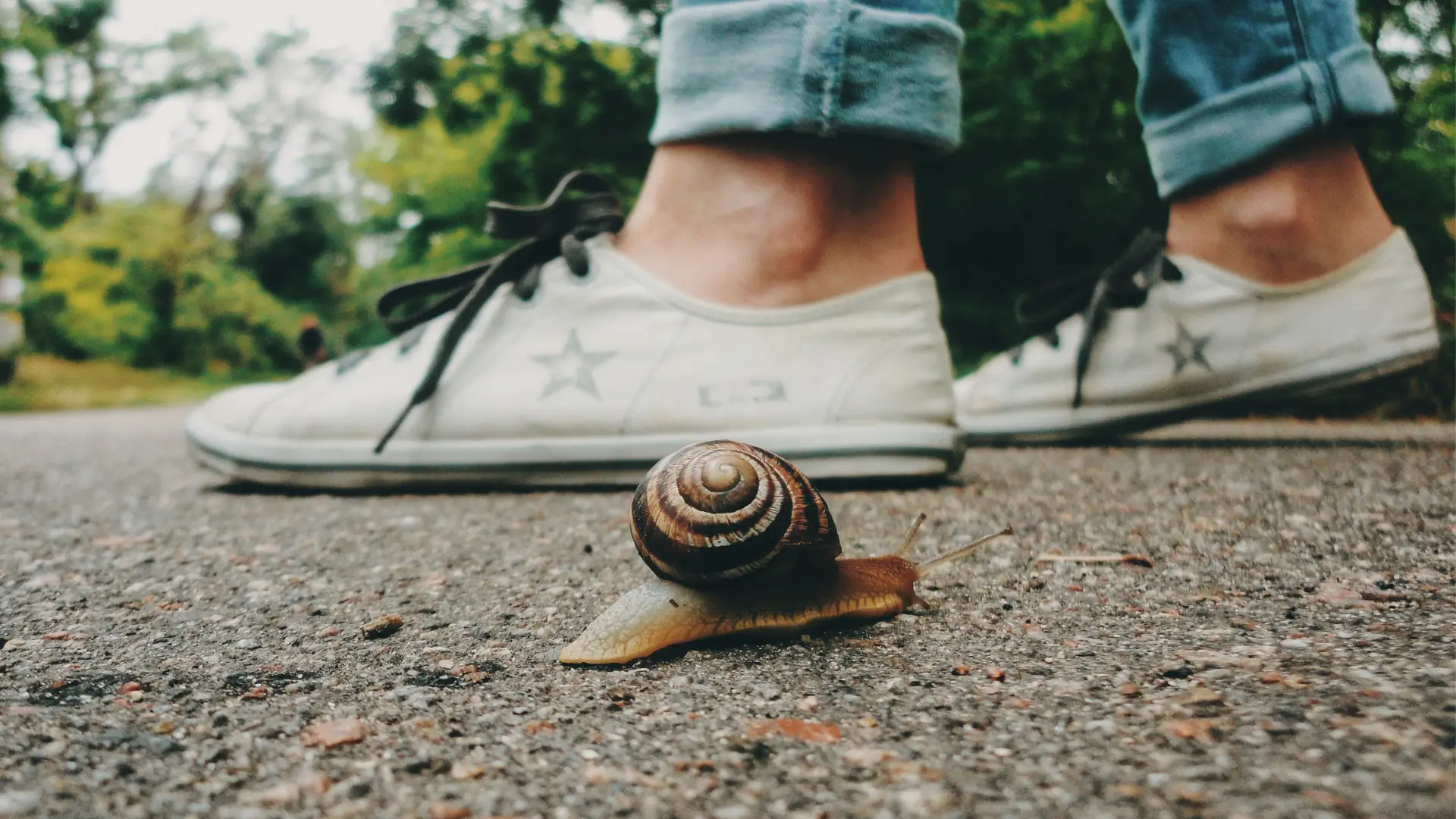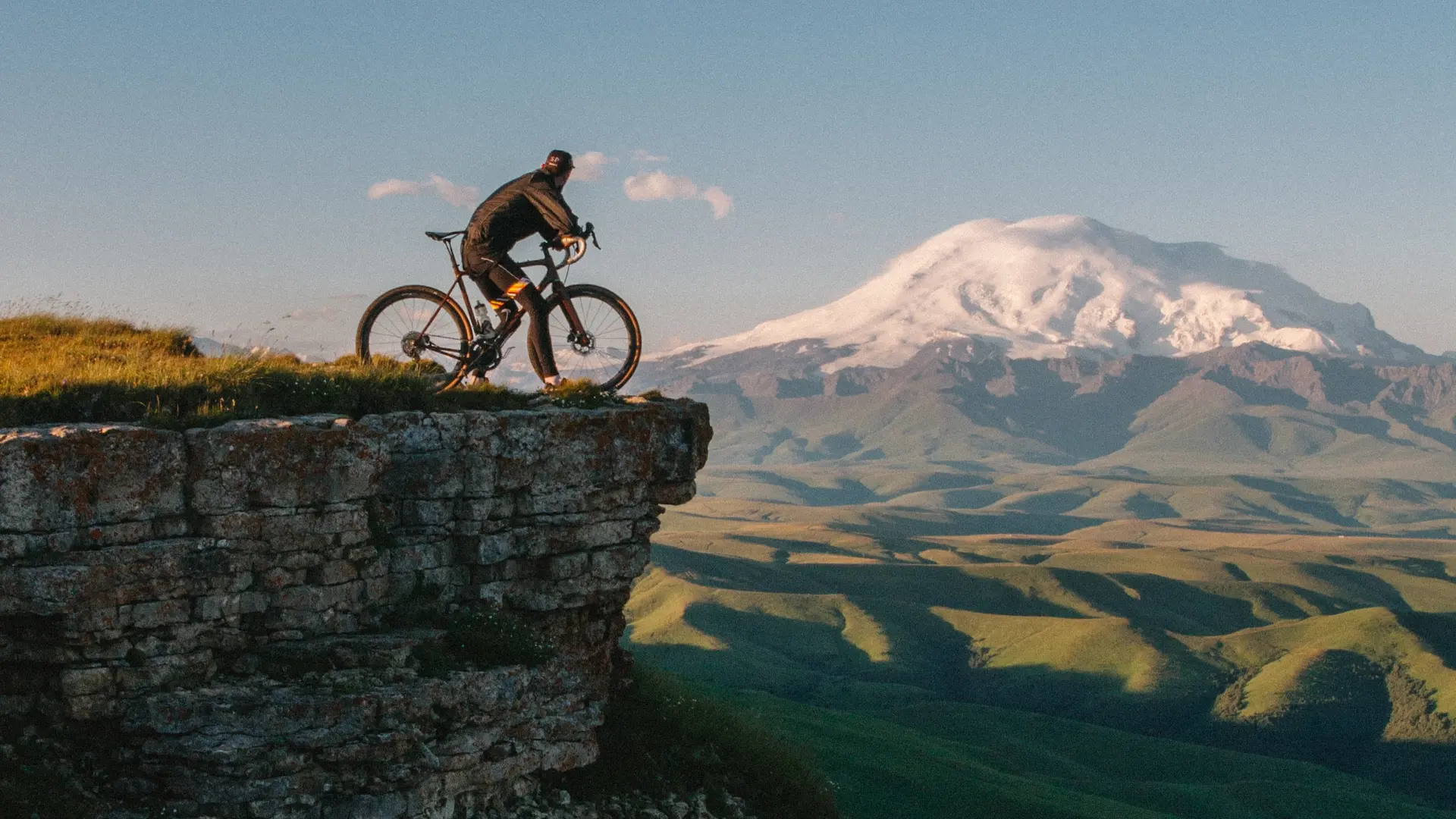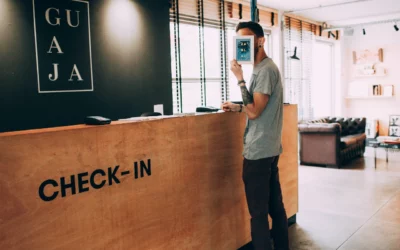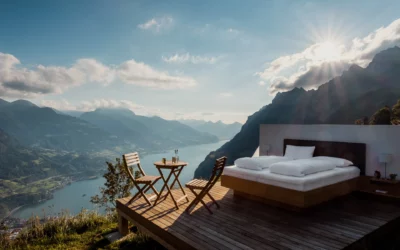Slow Tourism: what is the form of tourism for slow travellers
1 April 2023
Share this article on social networks:
Close your eyes… just breathe.
Sometimes we have to repeat it to ourselves like a mantra in those periods when life, activities, duties and commitments seem to swallow our thoughts and force them into a vortex that just won’t stop. Our head looks like a washing machine stuck on the spin cycle, which keeps on beating and wringing out our clothes, turning them into shriveled, shrunken and creased rags.
We realize that we are close to being exhausted and we are about to take a holiday, but we end up booking another trip where everything is planned until the last minute. A thousand crowded places to visit, timetables to respect, endless queues and noisy restaurants.
We almost need a holiday from the holiday.
We come back even more tired than before.
Close your eyes… just breathe.
Let’s start again.
If you have ever had such an experience or a similar feeling, it’s probably time to find out what slow tourism is and, above all, to start practicing it.
If you are looking for a slow tourism definition, consider it is a way of traveling often identified as sustainable tourism that focuses on experience (slow, profound, which allows you to fully immerse yourself in the ecosystem of the place that hosts you) and sustainability (low-impact on the environment).
Basically, slow tourism is the exact opposite of mass tourism and fast tourism: an organization with the aim of discovering typical, non-chaotic places that run away from the most popular destinations, invaded by those who only understand tourism in terms of quantity as “a quick stay”.
Those who decide to experience the world (and tourism) in a Slow way, instead, prefer the quality of the experience, local and low-polluting means of transport such as the bicycle, preferring to eat local products and support small activities and local craftsmen.
In this way, the Slow Traveller enhances the uniqueness of the place and its culture over the standardization that characterizes so many of the most booked destinations in the world each year.
Since then, the idea of slowness as a need to taste, to savour, to stop and dive into the experience, has been extended to many other areas such as Tourism.
In 2009, furthermore, Nicky Gardner wrote the Slow Travel Manifesto, a model of slow tourism starting from the Conceptual assumptions of Slow Food and Slow Cities, which sums up the key assumptions of slow tourism in 10 fundamental characteristics and set the standards of slow tourism movement:
- Slow Tourism as a state of mind that begins at home long before the journey
- Avoiding flights, choosing to use means of transport such as ferries, buses and local trains that increase the connection with the landscape
- Experiencing the travel to a destination itself as a pleasure and not with impatience
- Promoting local markets and shops
- Enhancing the culture in local bars, cafés and bistros
- Take time to get an idea of the languages and dialects of the places you visit. Learn some local phrases, perhaps through the use of a dictionary or the purchase of a local newspaper
- Being concerned and respect native communities with curiosity
- Don’t just follow the advice of the guides, but try living like locals in their daily routine
- Enjoying the unexpected (late trains, for example, can create new opportunities and discoveries)
- Doing something to express gratitude to local communities for their hospitality
According to what we have said – and what we have read in the Slow Travel Manifesto – some stay/travel activities can be considered slow tourism examples, such as:
- Volunteer tourism
- Trekking/Hiking
- Tours and trips by bicycle or with sustainable means of transport
- Backpacking trips
- Roadtrip also with personal car or caravan
- Religious and spiritual tourism
- Cultural tourism
- Food and wine tourism
Thanks to the Booking Engine (if you don’t know what it is, read the article on What a Booking Engine is) you can put your rooms or apartments up for sale without commission charges and organize in detail a truly authentic and very slow size experience for your customers
You will be provided with notification messages to catch their attention and inform them about the services offered in your accommodation.
In addition, to completely remove all the stress, by connecting one of the available Payment Gateway to the Octorate platform, you will be able to process payments automatically and dedicate yourself to all those activities of welcoming and taking care of the guests that you will never be able to automate ( luckily!).
🐌 What is meant by Slow Tourism?
Slow Tourism is a way of traveling that focuses on experience and sustainability (low impact on the environment).
Basically, slow tourism is the exact opposite of mass tourism: an organization with the aim of discovering typical, non-chaotic places that run away from the most popular destinations, invaded by those who only understand tourism in terms of quantity as a quick stay.
What are the characteristics of slow tourism?
In 2009, Nicky Gardner wrote the Slow Travel Manifesto, a study that highlighted the key assumptions of slow tourism in certain characteristics such as:
- Slow tourism should be considered first and foremost as a state of mind
- Avoiding air travel, and preferring means of transport that increase the connection with the landscape
- Arrival as pleasure and not as impatience
- Enhancement of local markets and shops
- Enhancement of the local culture through curiosity, study of the languages and dialects of the visited areas.
- Imitation of the daily routine of the locals
- Savoring the unexpected
- Giving back to the hosting community in order to say thank you
🛎 What are 8 type of Slow Tourism?
- Volunteer tourism
- Trekking/Hiking
- Tours and trips by bicycle and with sustainable means of transport
- Backpacking trips
- Roadtrip also with personal car or caravan
- Religious and spiritual tourism
- Cultural tourism
- Food and wine tourism
Book a Free Demo
Book a demo to see how Octorate can simplify the management of your hotel, B&B, vacation rental, apartment, or hostel.
Share this article on social networks:
Maddalena Mazzaferri
Book a Free Demo
Book a demo to see how Octorate can simplify the management of your hotel, B&B, vacation rental, apartment, or hostel.
Related Articles:
What is a hotel rooming list, and how to improve it?
Share this article on social networks: Let’s find out what a rooming list is and which tool can help to...
Types of Hotel Rooms: A Complete Guide
Share this article on Social Networks:In the hotel industry, knowing the types of hotel rooms and their...
Boutique Hotel: the new Hospitality Trend
Share this article on social networks:Have you ever wondered what a Boutique Hotel is? Whether you are...





